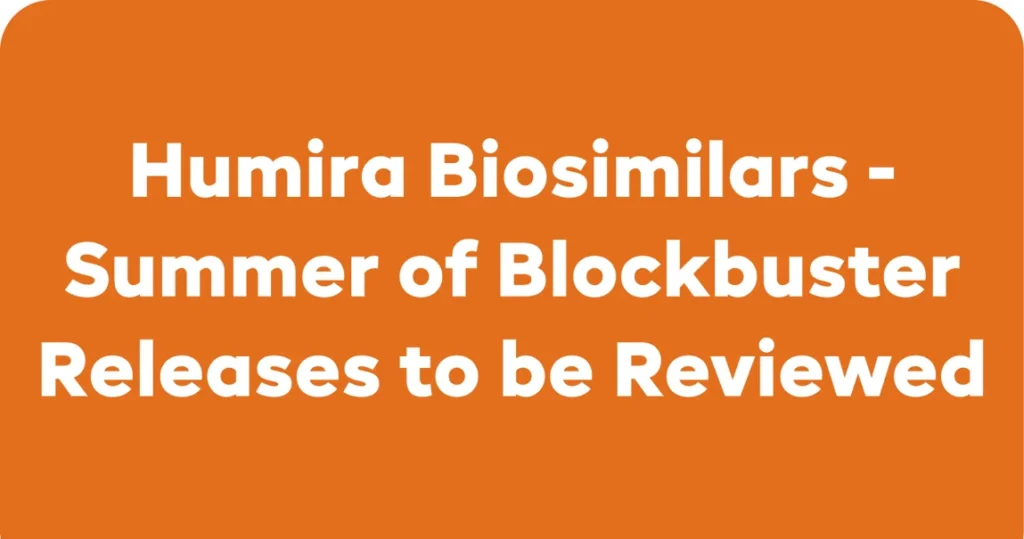Humira Biosimilars – Summer of Blockbuster Releases for Navitus to Review
This summer has seen a continuation of the long-awaited market entry of Humira® (adalimumab) biosimilars. As of July 1, nine additional biosimilars have been released.

What is a biosimilar?
The FDA defines a biosimilar as a biological product that is highly similar to an FDA-approved biologic (known as the reference product) and used in the prevention or treatment of disease. While not chemically identical, a biosimilar has no clinically meaningful difference from a reference product. It is FDA-approved for use after rigorous evaluation and testing is demonstrated by the manufacturer applicant. While not a traditional generic medication, biosimilars have the potential to introduce greater competition into the marketplace and drive down associated cost.
what action is navitus taking?
Several factors are present with these new biosimilars that require diligence and review. Each can differ not only in launch price and rebate opportunities, but also dosing concentrations, citrate-free formula options, and interchangeability with the reference product. Navitus recommends that all factors require consideration when selecting preferred formulary options.
In the past, many plan sponsors and PBMs have preferred high-list price/high-rebate products over low-cost options. The market saw both options offered with the release of the first Humira biosimilar in February and the mid-year entrants also have multiple list price options with varying rebating opportunities. This requires a multifaceted review framework that considers the potential for future adjustments to discounts and rebates and various incentive preferences. The decision of which to include in formularies cannot, and should not, be hasty.
At this time Navitus is reviewing each launched biosimilar product through our standard formulary evaluation process. We are committed to making medications more affordable for the people who need them and are deploying established clinical and financial review processes to assess and determine inclusion on standard formularies.
While these evaluations take time, our focus remains to determine what best achieves clinical appropriateness and cost savings for clients and members. We anticipate making a decision in our August Pharmacy and Therapeutics (P&T) Committee meeting.

WRITTEN BY BRENT EBERLE
As Senior Vice President, Chief Pharmacy Officer, Brent oversees Navitus’ health strategies division, which is responsible for clinical and population health initiatives, drug utilization review programs, formulary and rebate management, and specialty pharmacy operations.
Stay Informed and Connected
Receive expert insights, healthcare tips, and important updates on pharmacy benefits, drug recalls, and more—straight to your inbox.
Navigating with a trusted partner
Now Available: 9th Annual Drug Trend Report
Our Drug Trend Report provides a clear view of the trends shaping pharmacy benefits today, along with strategies that are delivering real savings without compromising care.







